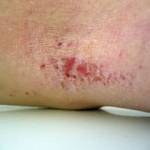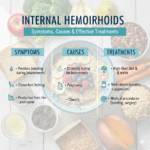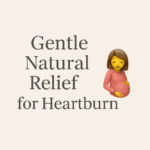Simple Self-Help Effective Techniques to Overcome Varicose Leg Eczema

Varicose eczema is a type of eczema that appears on the legs. Just like other types, it makes the legs red, itchy, scaly and flaky. It is also called varicose dermatitis or venous eczema.
Other names for this condition are:
- Gravitation eczema
- Stasis eczema
- Venous eczema
 According to NHS UK, it develops over the varicose veins and is a minor condition which does not pose any major health problem.
According to NHS UK, it develops over the varicose veins and is a minor condition which does not pose any major health problem.
The varicose veins become swollen, dark, lumpy and twisted. It happens because the small valves inside the varicose veins stop working properly. This causes the blood to flow in reverse direction.
According to the NHS, varicose eczema should be treated both internally as well as externally. Internal treatment involves treating the underlying blood flow problem, while external treatment is to eliminate the outward dryness and inflammation of the skin.
Emollients, corticosteroid ointment and elastic medical stockings are some of the methods used to treat the condition. Elastic stockings are specially designed to improve blood circulation in legs.
The NHS further advises that if the above treatments do not work or you suffer from a more severe form of varicose eczema, then you may be referred to vascular specialist. A vascular specialist is a doctor who specialises in the treatments of veins.
In some cases, the vascular specialist may conduct surgery to sort the problem out.
According to Medical News Today, the condition develops mostly in infants and children. However, according to NHS, this condition is more common in older people especially women.
Symptoms of Varicose Eczema
The changes in the skin occurs on the lower legs. The inner side of the calf is usually the most affected. Following are some of the symptoms.

Red skin
- Scaly and flaky skin
- Dirty brown or rusty brown patches
- Blisters
- Ulcer
- Scarring
Self Help for Treating Varicose Eczema
The National Health Service suggests a few simple but effective steps that are very helpful in controlling or avoiding varicose dermatitis.
1. Avoid Injuring Your Skin
Injuries on the legs can lead to ulcer and may further complicate the problem. Knocking into hard surfaces causes sore veins which may make the veins swollen, lumpy and inflamed.
2. Position your Legs Properly
Raise your legs while resting. This can be done by putting something under your legs such as a pillow or a cushion. This improves blood circulation in the veins and help reduce the swelling.
3. Reduce Your Weight
Overweight people are more vulnerable to the condition than those with the right body weight. Take steps to reduce your weight which will improve your overall health.
4. Exercise
There are tons and tons of health benefits for taking regular exercise. Long standing or sitting causes the build-up of fluid in the lower legs. Exercises such as walking improve the blood circulation in the veins.








Leave a Reply